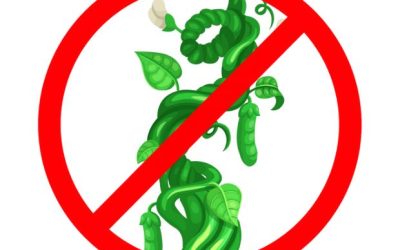Overview
Learners will be empowered with the ability to recognize and categorize problems in their everyday lives based on the impact on their community, other people, and the environment. Recognizing problems as big and small is beneficial and helps learners develop critical thinking skills and a deeper understanding of their roles in addressing issues within the community.
NB Curricular Connections
English Language Arts (K-2, 3-5)
- Strand: Interactions – Big Ideas: Expression
- Strand: Interactions – Big Ideas: Reception
Personal Wellness: (3-5)
- Strand: Mental Fitness – Big Idea: Decision Making – Skill Descriptor: Describe how decision-making impacts personal wellness.
Explore Your World (K-2)
- Strand: Diversity and Social Responsibility – Big Idea: Inclusiveness and Equity
What You’ll Need
- PowerPoint Presentation – see attached file
- Problem Cards – Big or Small Problems
- Problem Picker Printable – Big or Small Problems
Instructions
- Using slide #5 of the PowerPoint, have learners share their own definition to the question: What is a problem? in small groups or elbow partners. Then, read the definition together on Slide #6. In the same pairings, have learners identify which photographs on Slides #7 – 12 are BIG problems, small problems or not a problem at all. Have groups share their thinking. See attached file for answer key.
- Now, using these BIG and small problems, give learners one of them (cut up from the printable below) and, on the back, have them brainstorm and sketch out a possible solution to it. After five minutes, have learners form groups based on their problem cards and share with each other possible solutions. Discuss: Which problems were the most difficult to solve and why?
- Through whole-class discussion, reflect and share using Slide #13: What makes a problem BIG, small, or not a problem at all?
BIG – Impacts many people, Effects many things (environment, people, animals, future), Not one easy solution, Feels hopeless to try to solve it, Trying & Not Trying to solve it – can lead to more problems (complicated)
Small – Impacts me and/or a small number of people, Has a solution (and perhaps many different solutions), Quickly fixed, May not be a problem again
None at All – No obstacle, Nothing to solve
- On chart paper, allow learners to share the big and the small problems that they know about, or may be experiencing, within the school and/or within the community.
- Once learners have exhausted their own lists, review the class data of passions, strengths, and skills. Discuss: Which problems are we most passionate about? Which are we most prepared to solve, looking at our strengths and skills?
- For K-2: Choose 2 problems. Fill out the Problem Picker Printable (below), as a class, for each problem. Have a group discussion on which one matches most of our passion, skills, and strengths. Have learners vote on the problem that they wish to try to solve together!
- For 3-5: Allow learners to choose a problem that they would like to try to solve individually, in partners, or in small groups. Have learners fill out the Problem Picker Printable (below) for each problem represented. Have groups or individuals share their problem.
Reflection Activity
Please see the attached PDF for several choices on how you and your learners can reflect upon today’s activity.




